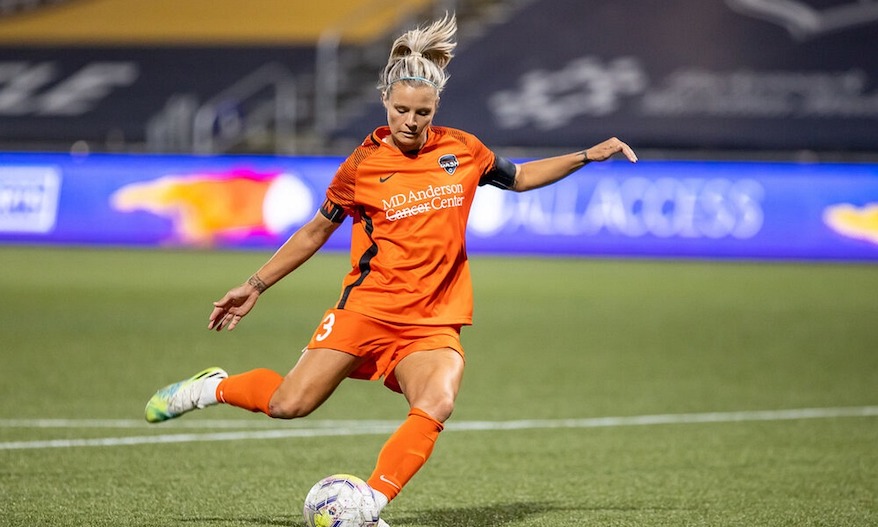In a previous blog post, I wrote about health and wellness for musicians—things like posture, hearing, and mental health. But there’s another piece of the puzzle that parents often ask about: How do sports and music fit together?
The truth is, they fit together better than most people think. As someone who grew up swimming, playing soccer, doing theater, and marching in a band before becoming a professional musician, I’ve seen firsthand how athletics and music complement each other. Rather than competing for your child’s time, they actually reinforce the same skills and values.
Shared Skills Between Music and Sports
1. Discipline and Practice
Sports and music both teach the value of steady effort. Whether it’s running drills at practice or rehearsing scales at home, your child learns that repetition builds progress—and that progress builds confidence.
2. Teamwork and Listening
Team sports encourage kids to trust one another, just as ensembles teach them to listen and blend. In both settings, students discover the importance of working toward a common goal, adjusting when needed, and contributing to the bigger picture.
3. Physical Awareness
Marching band, theater, and even long practice sessions demand real stamina. The strength, endurance, and body control kids develop in athletics directly support breath control, posture, and stage presence in music.
The Benefits for Different Ages
Kindergarten–Elementary:
At this stage, music and sports both support the basics: rhythm, coordination, focus, and following directions. Whether your child is learning to dribble a ball or clap in time, their brain and body are learning to work together.
And the reverse is true as well. History adds meaning to the music you’re playing. Fitness helps with breath control and stamina. Writing skills help when you’re putting together program notes, grant applications, or even just advocating for yourself. Music is connected to everything—it’s never in its own little box.
Middle School:
This is often when kids start to specialize—school teams, band or orchestra, theater groups. Juggling multiple activities builds time management skills and keeps them engaged socially. The friendships and sense of belonging they find in both sports and music can be a strong anchor through what can be the "turbulence" during these years.
High School:
Here’s where the overlap really shines. Marching band is as physical as it is musical. Theater demands stamina and body control. Varsity sports require the same focus and discipline as preparing for a solo recital. By this point, students often notice that lessons from one activity boost performance in the other—confidence on the field supports confidence on stage, and the focus from rehearsals pays off in competition.
Why It Matters
Parents sometimes worry their child will have to pick one or the other—music or sports. The reality is that both bring out the best in students. They teach resilience, discipline, collaboration, and confidence. They give kids a sense of identity and belonging. And most importantly, they set habits and values that last far beyond high school.
As someone who balanced swimming, soccer, theater, and marching band growing up, I can say without hesitation that each of those experiences shaped me into the professional musician and educator I am today.
Final Thoughts
If your child loves sports and music, encourage them to keep both in their lives. They don’t have to choose. In fact, participating in sports and music builds stronger, healthier, and more well-rounded young adults. The field, the pool, the stage, and the band room might look different, but they’re all teaching the same core lessons: discipline, creativity, teamwork, and confidence. And together, those lessons create a foundation your child will carry for the rest of their life.
Music and Athletics:
Why Your Child Doesn’t Have to Choose
